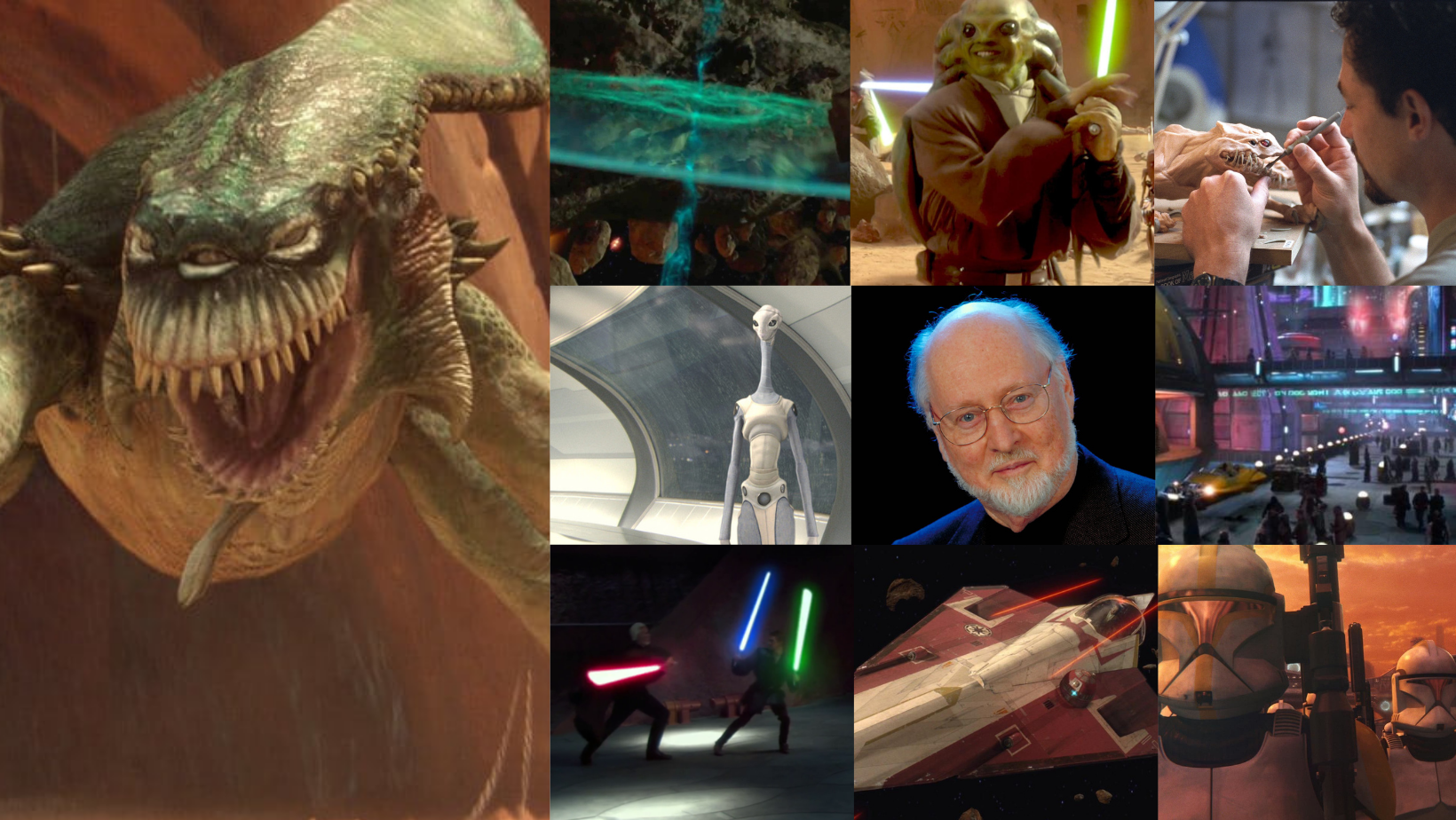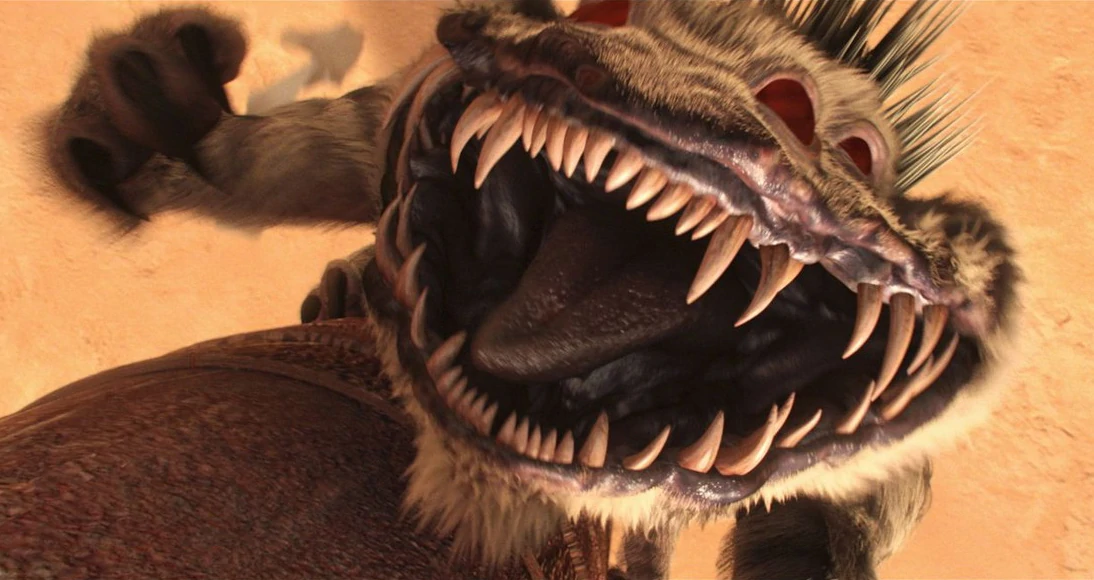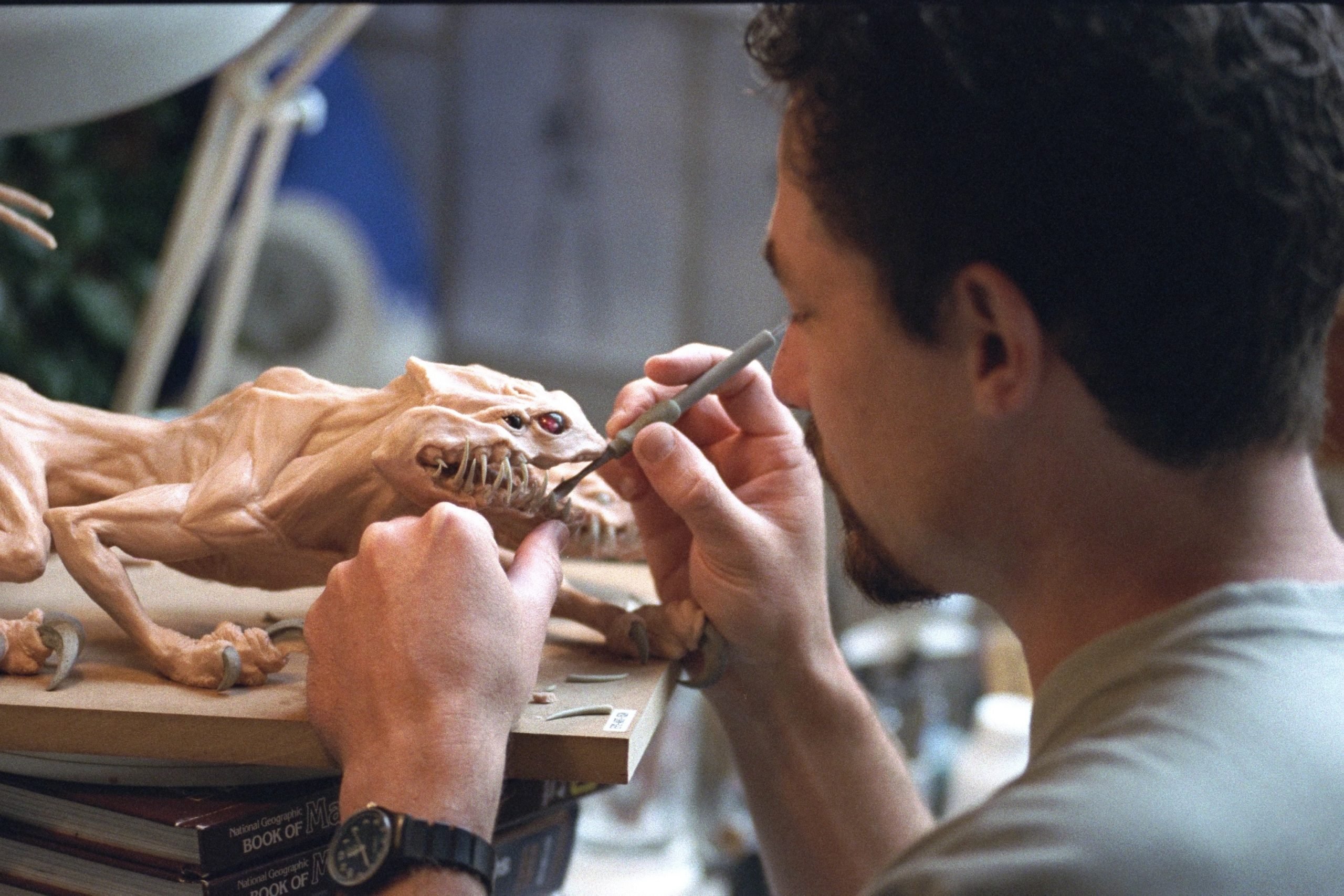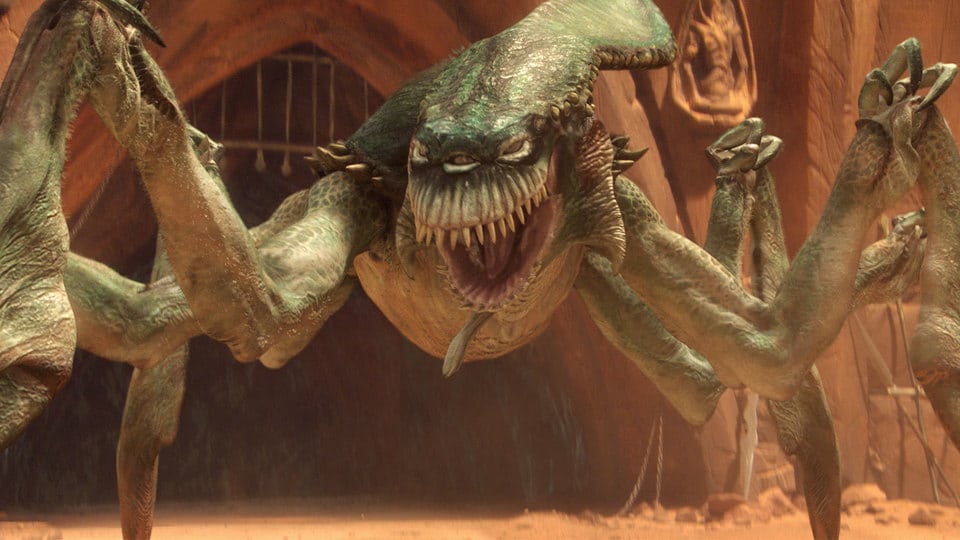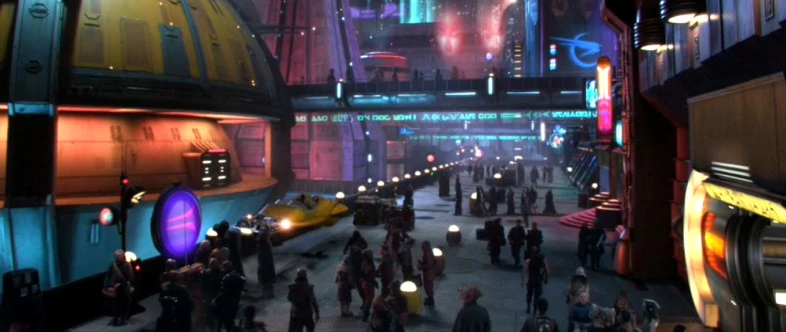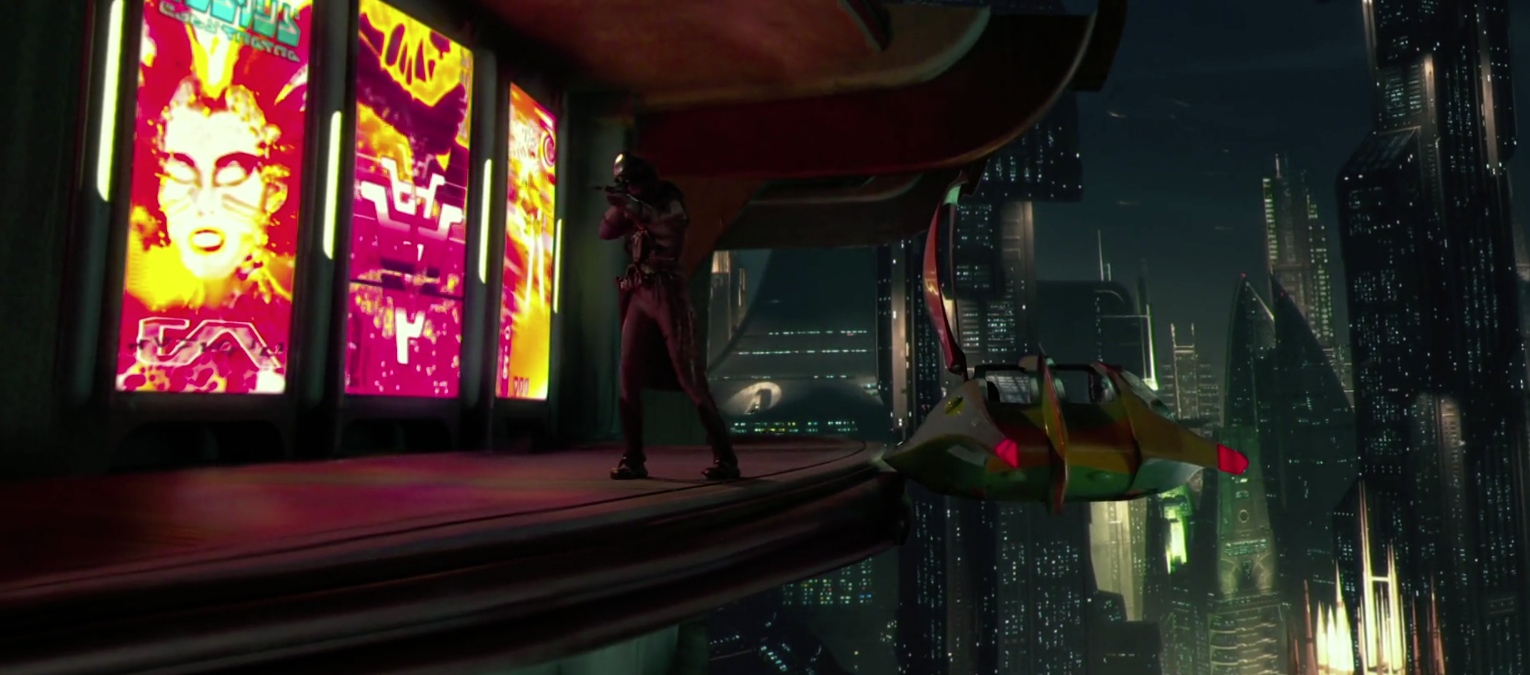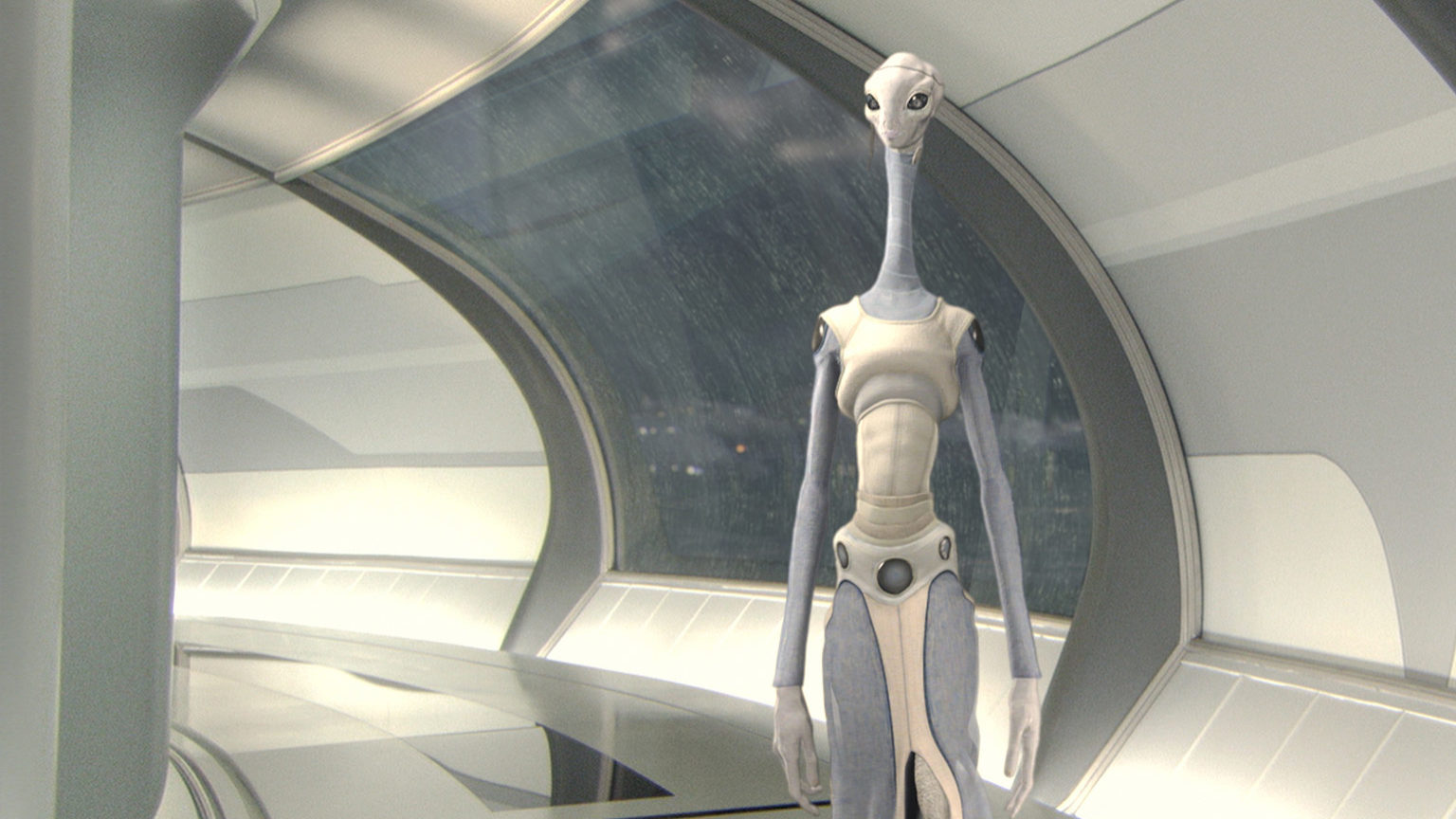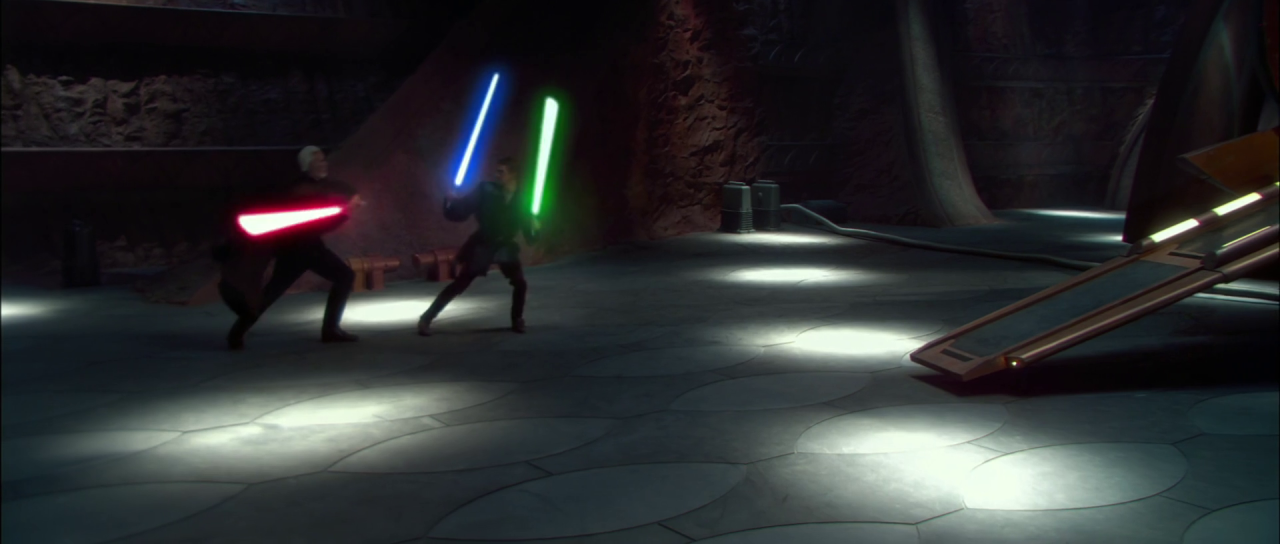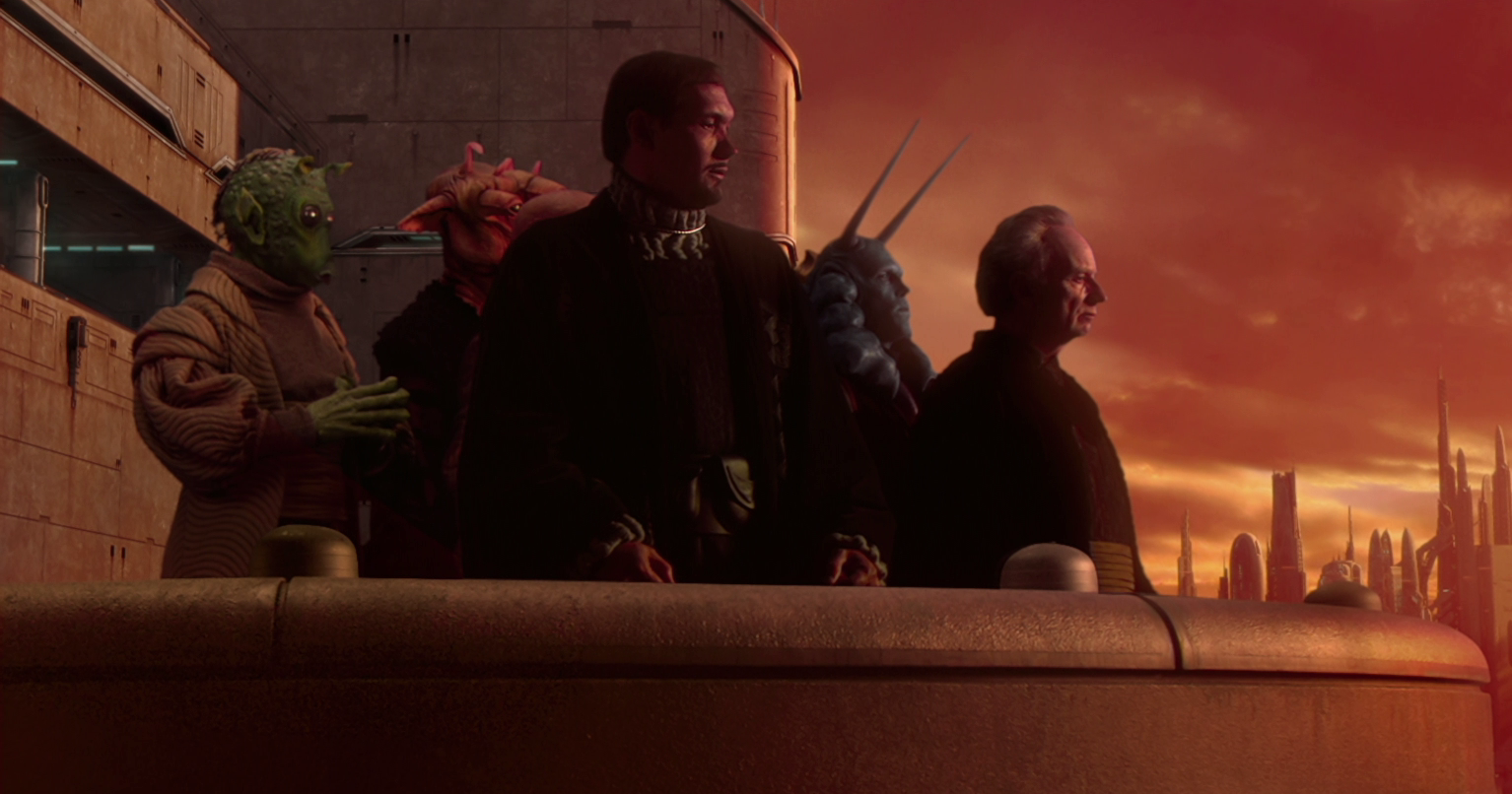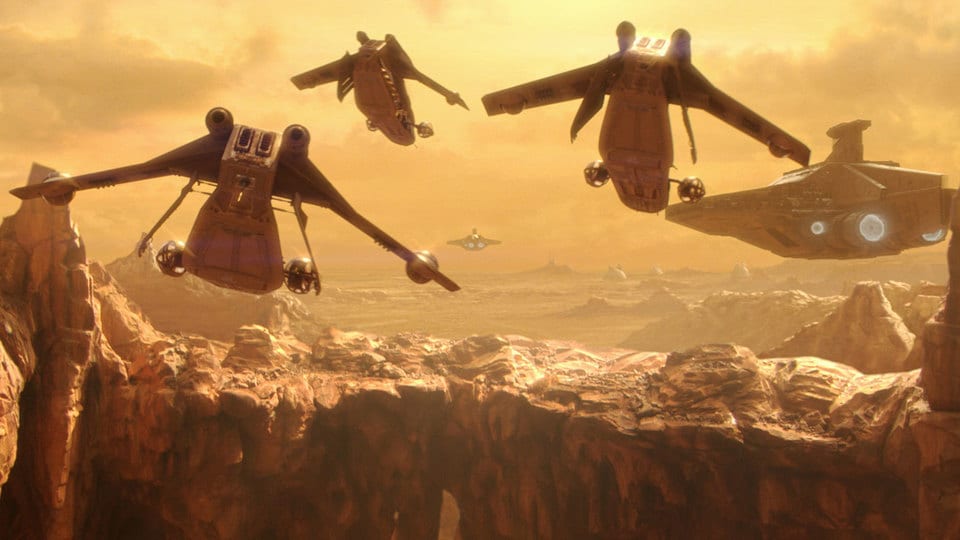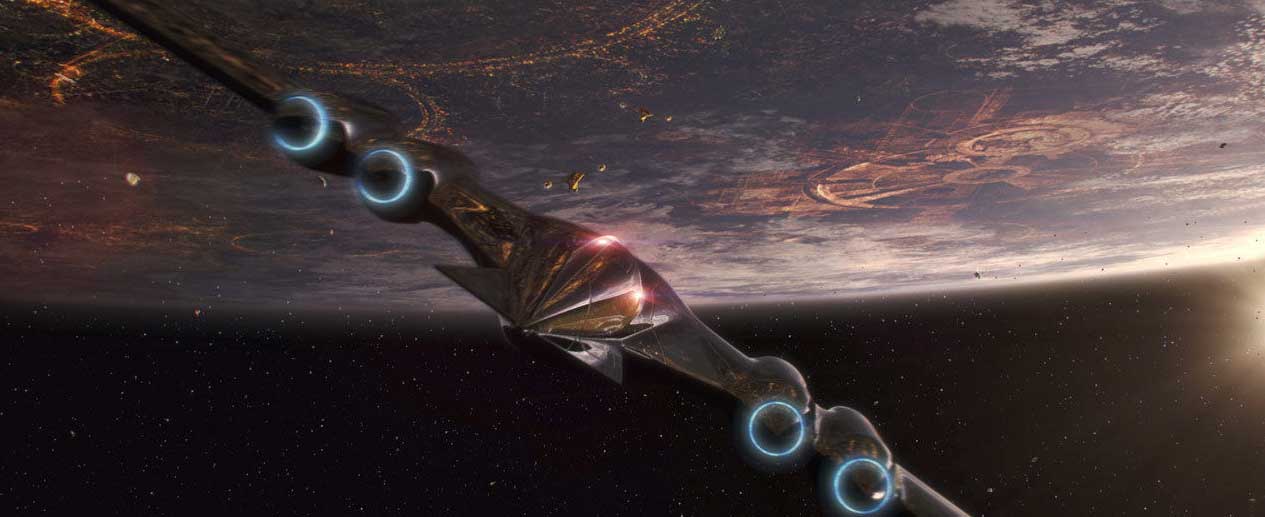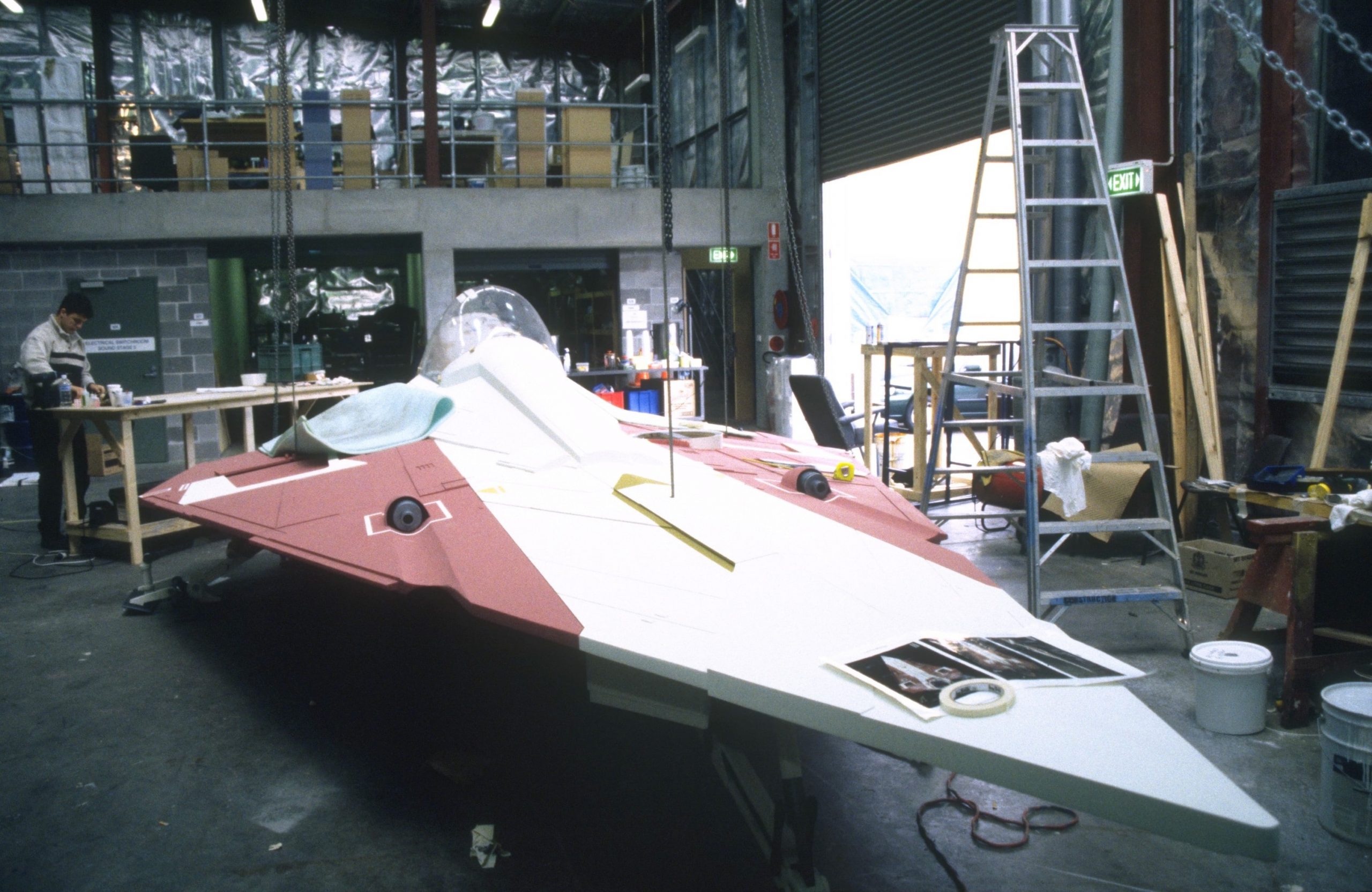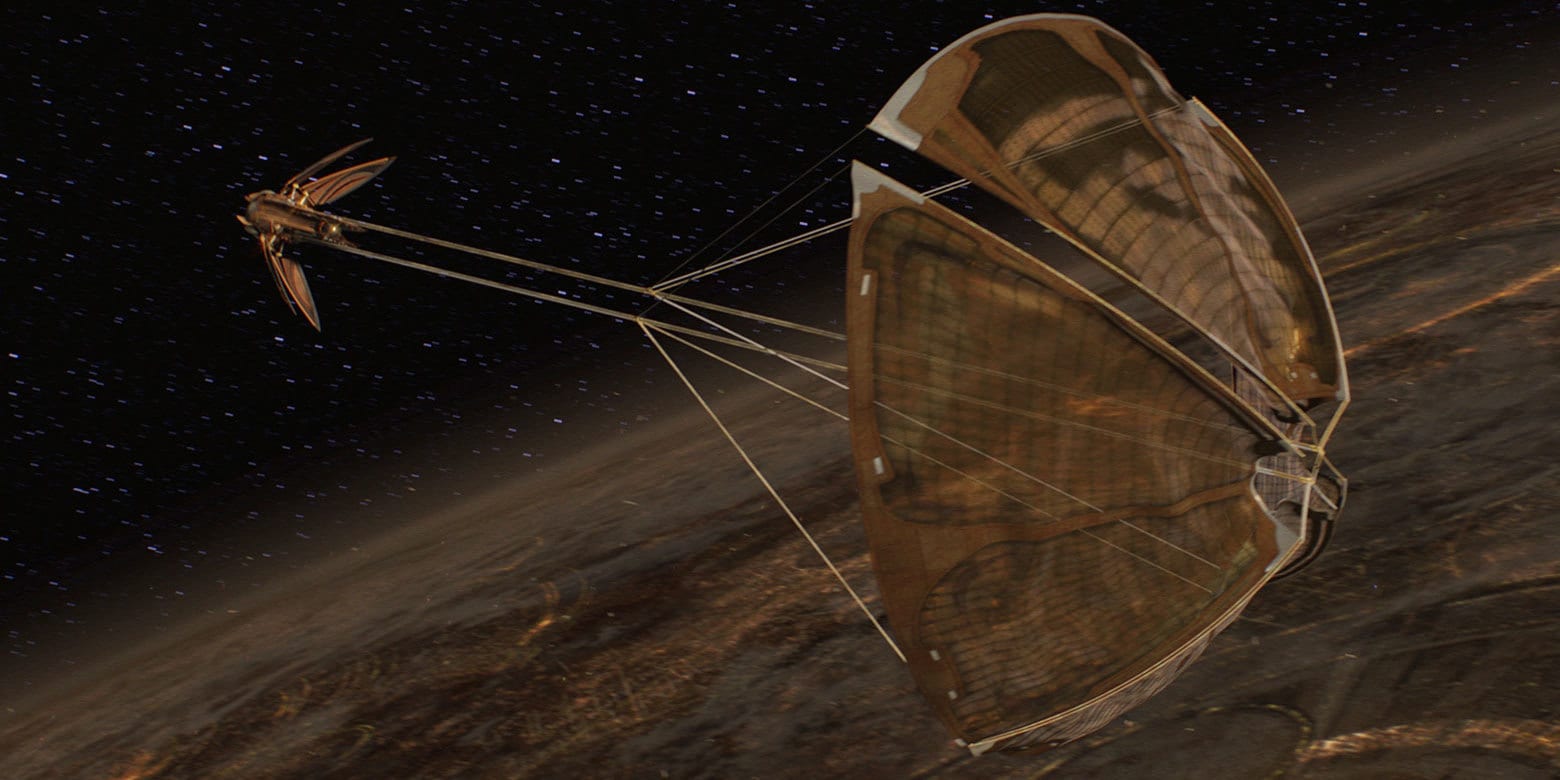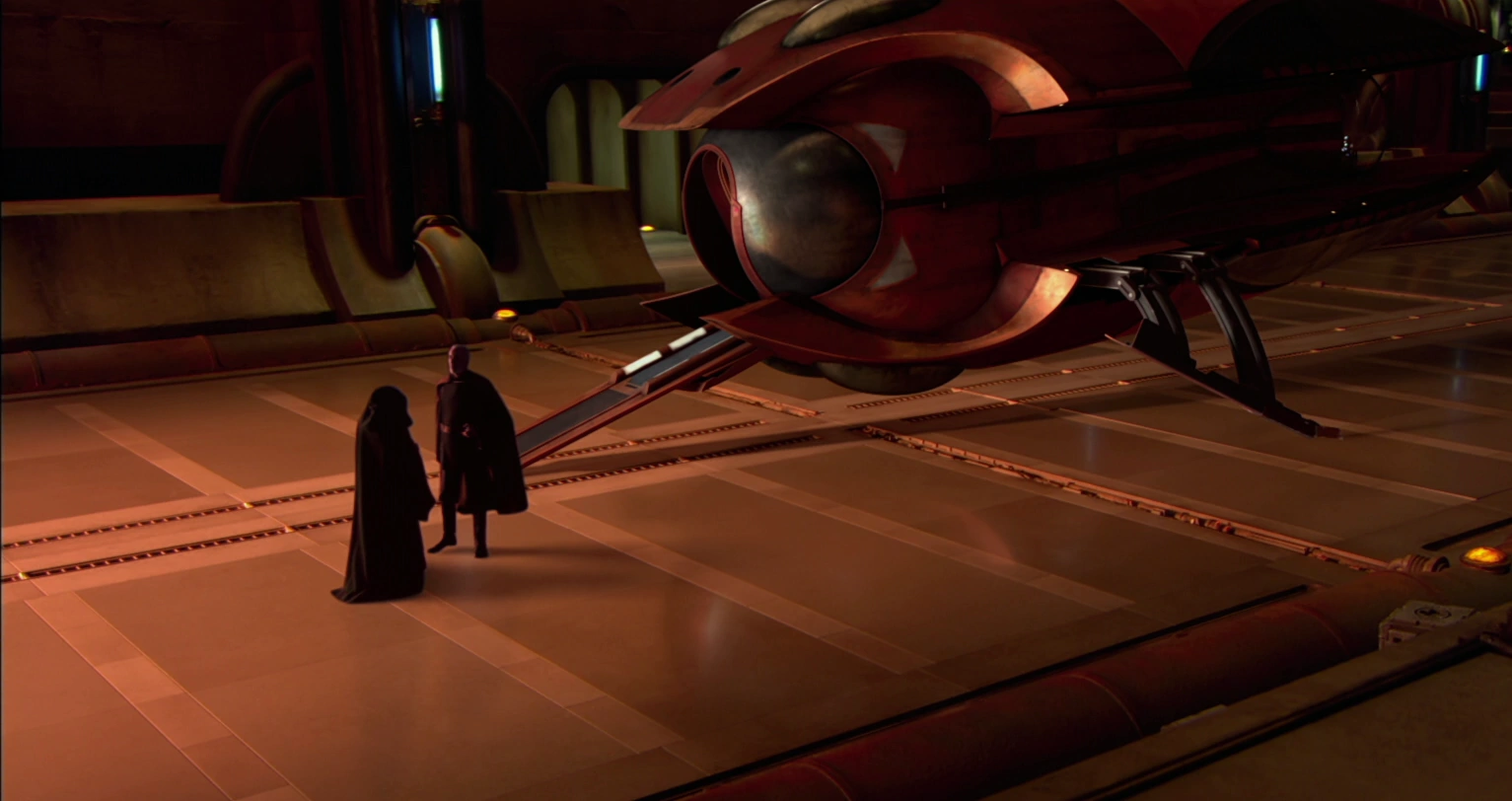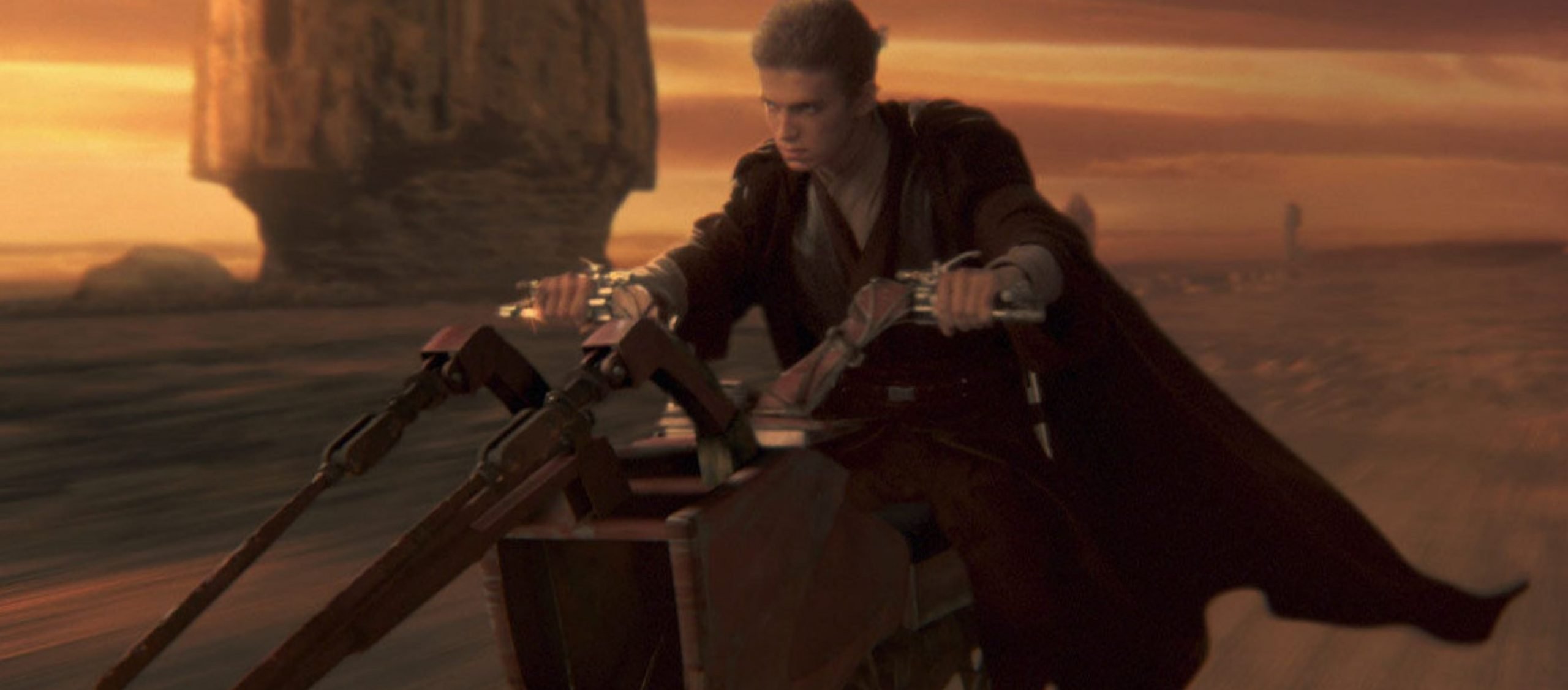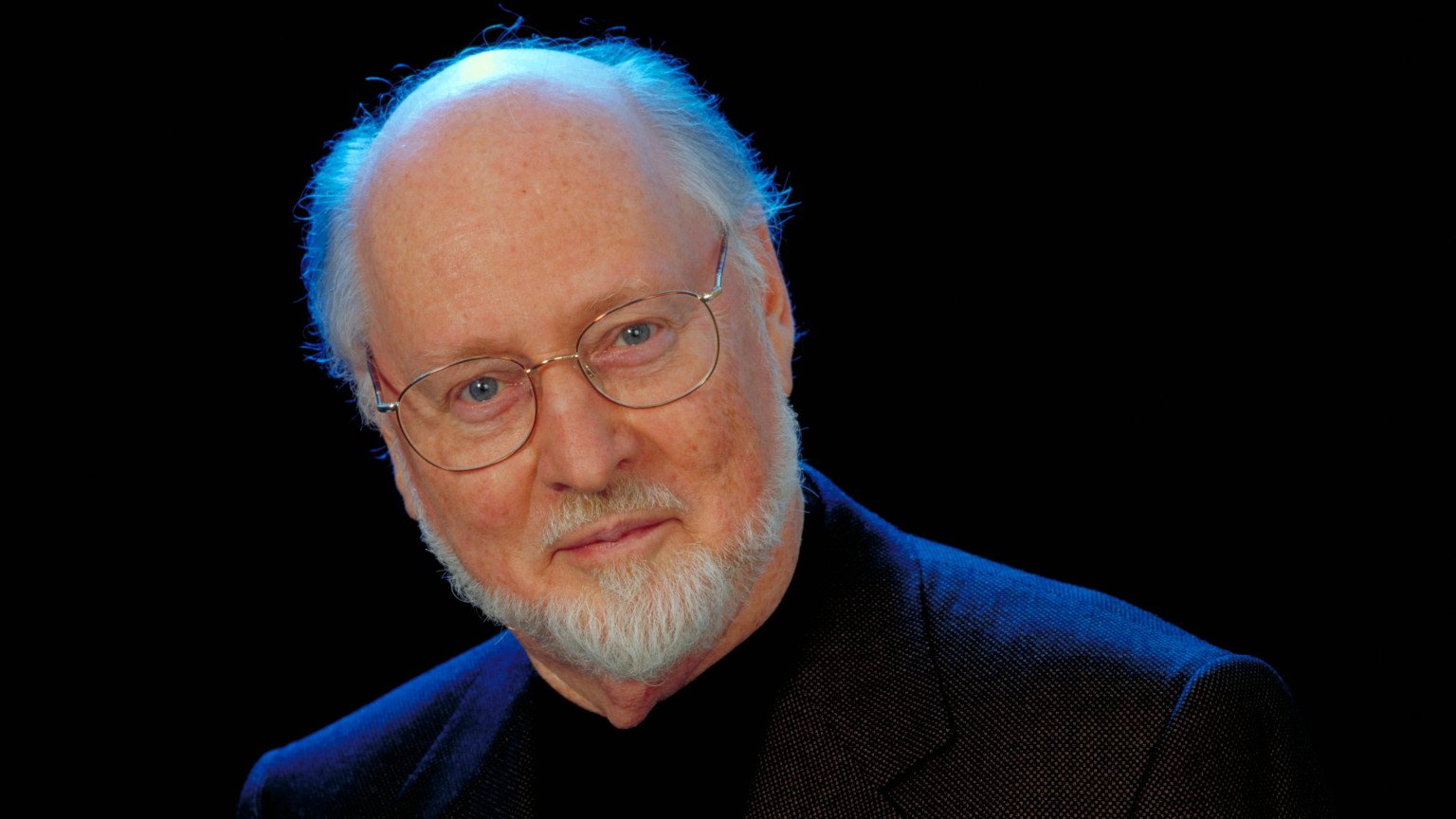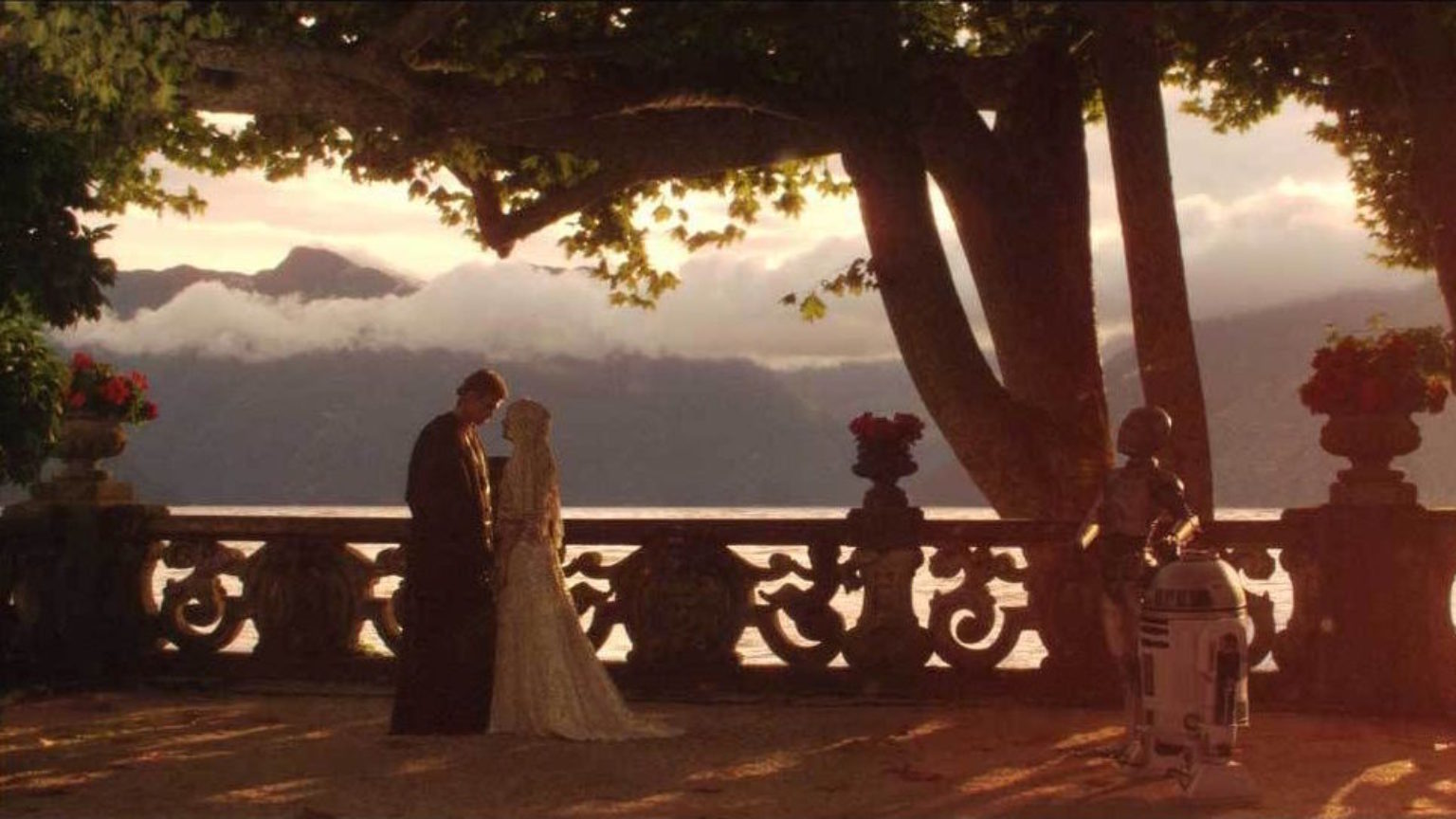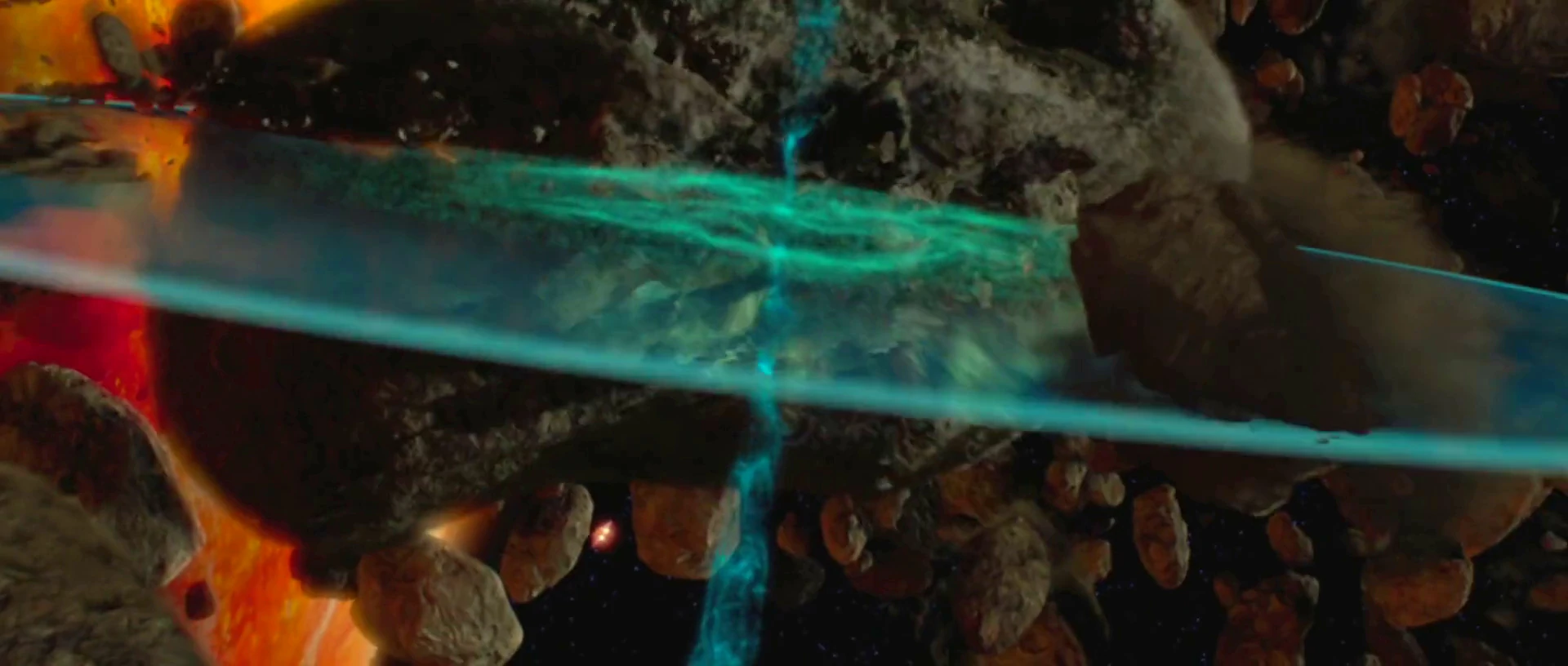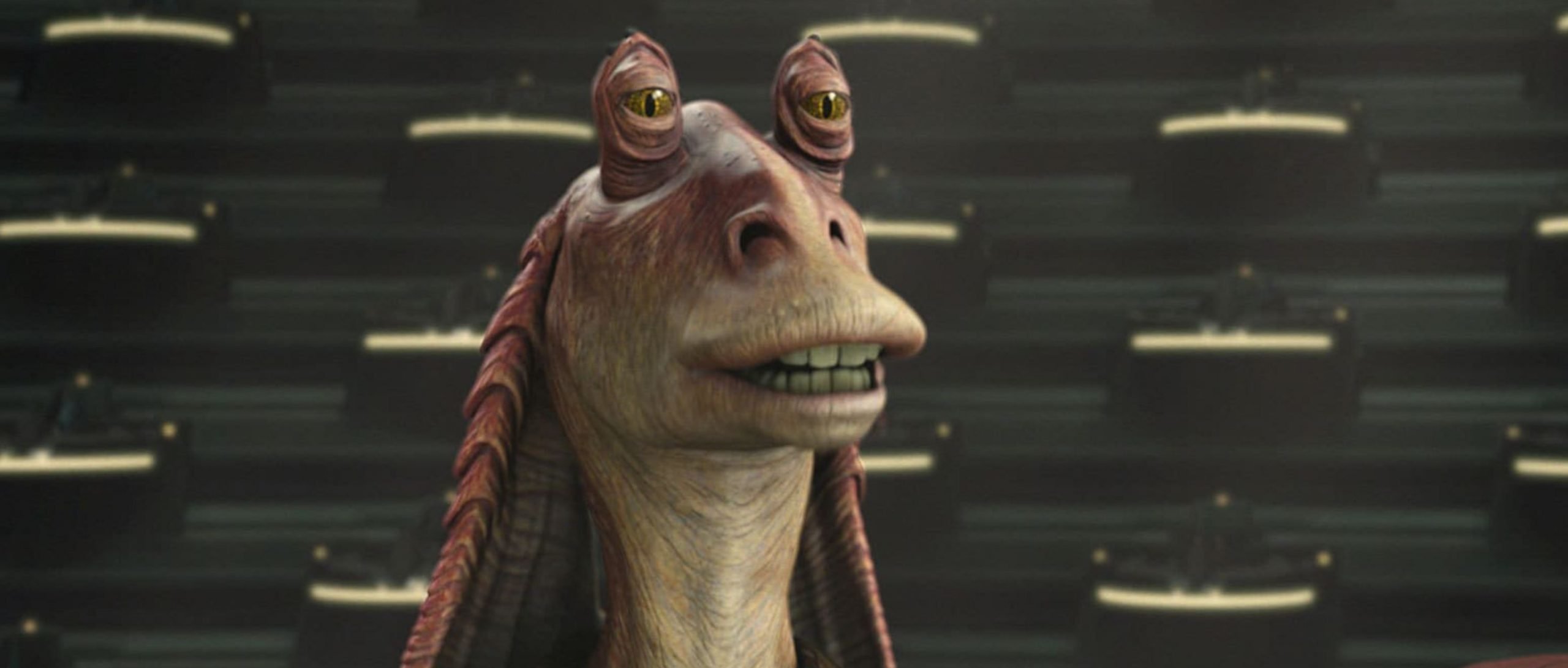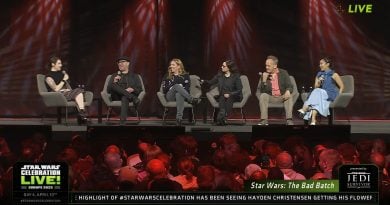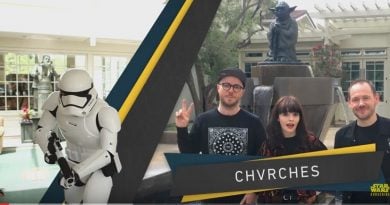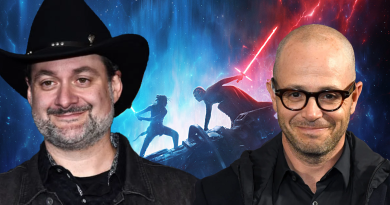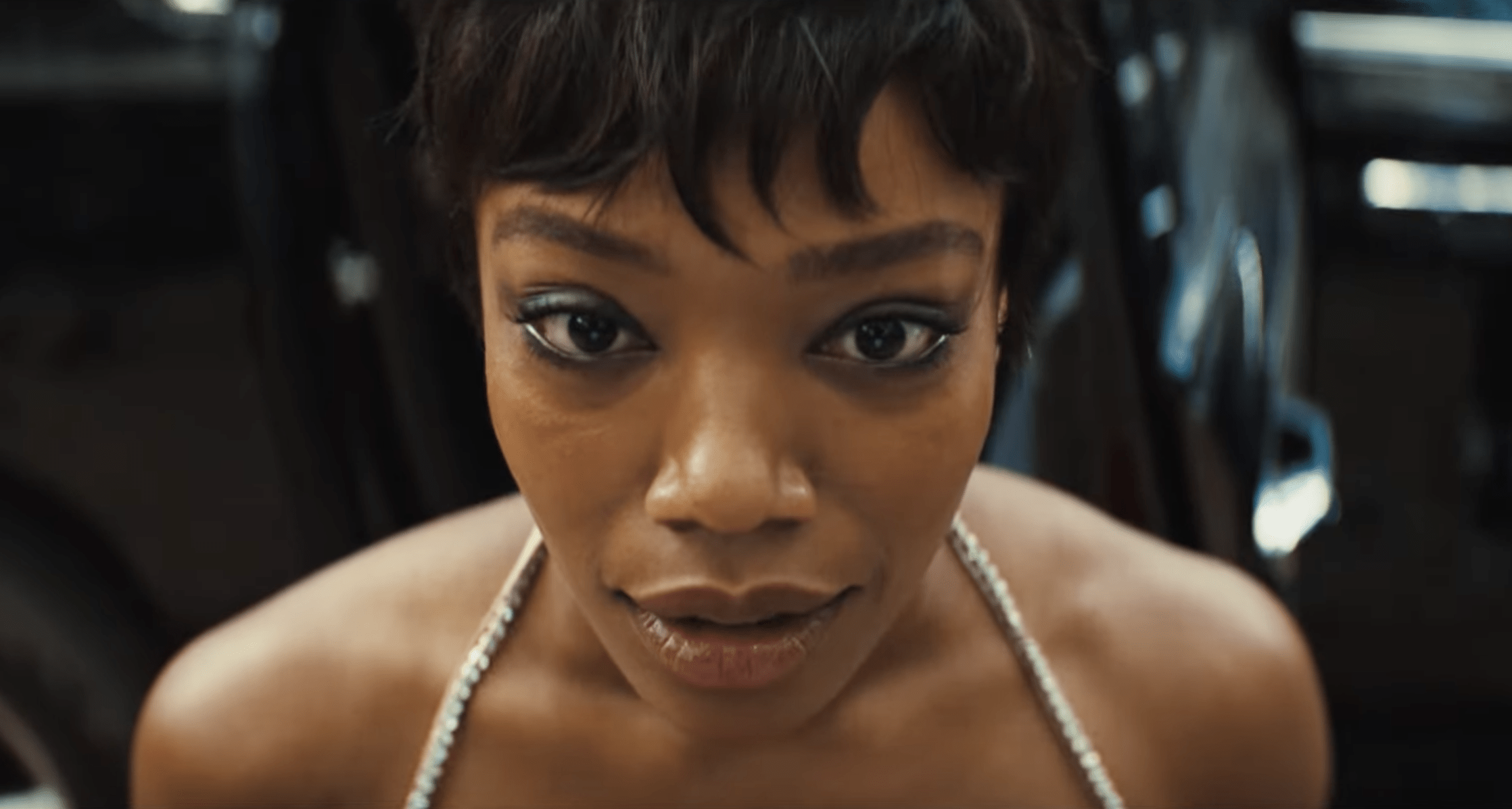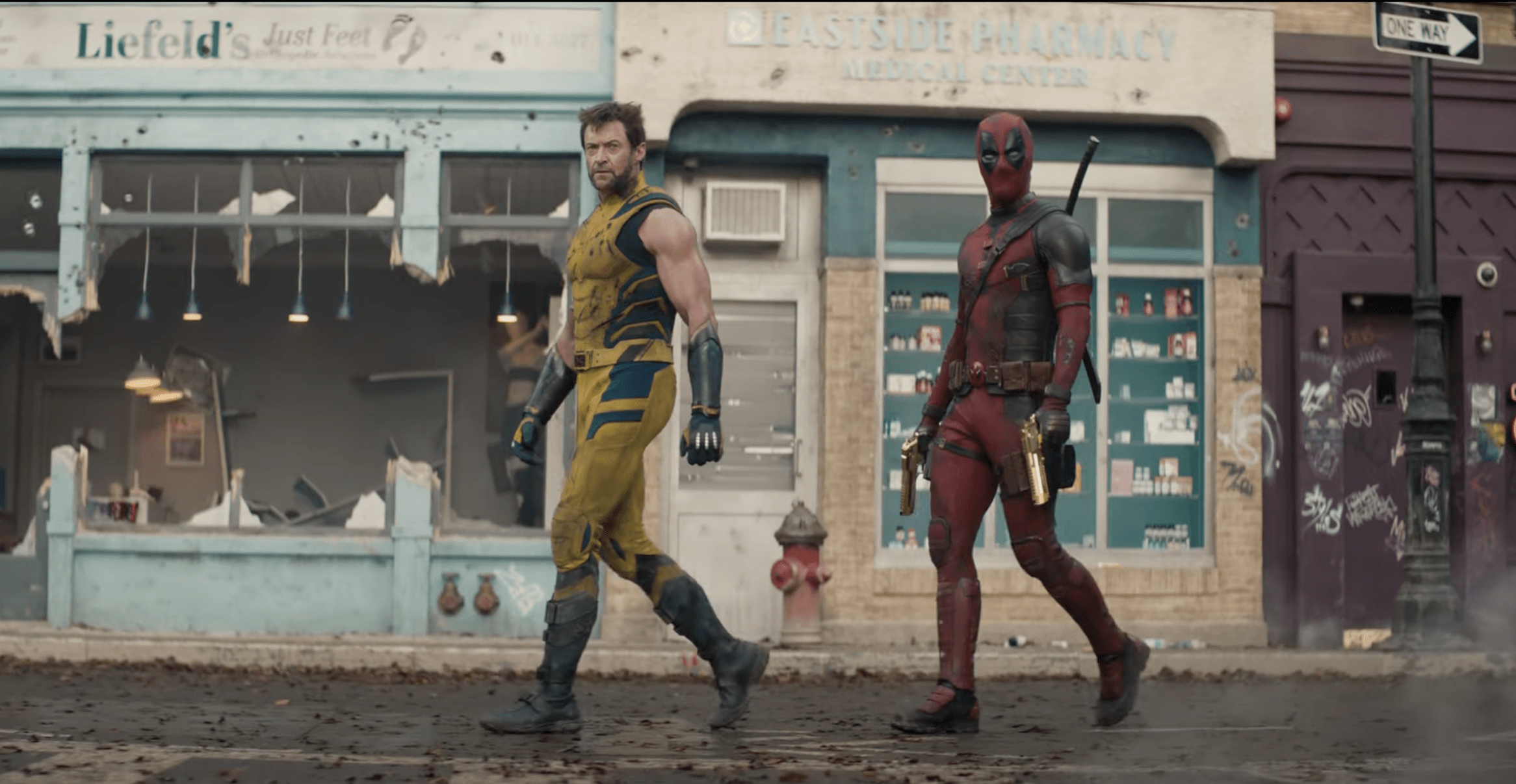Editorial Part 3: Revisiting ‘Attack Of The Clones’ 20 Years Later
Today is the 20th anniversary of Star Wars: Attack of the Clones! It’s so bonkers to me — two decades?! So it’s the perfect time to release the final part in my three-article series on Attack of the Clones (catch up on Part 1 and Part 2).
”Part 3: Revisiting Attack of the Clones 20 Years Later” features ferocious creatures, the dark side, new vehicles & ships, and, of course, one of the greatest sounds in all of Star Wars: the seismic charge.
Enjoy and celebrate, you must.
CREATURE FEATURE
Star Wars has given us awesome monster moments ranging from Luke Skywalker versus the rancor in Return of the Jedi, to ice spiders swarming in The Mandalorian, to the sando aqua monster that stalked the Gungan Bongo Sub in The Phantom Menace, to a tentacled summa-verminoth trying to snatch an escaping Millennium Falcon in Solo: A Star Wars Story, to the Zillo Beast wreaking havoc on Coruscant in Clone Wars, to the chaotic rathtars causing destruction in The Force Awakens.
Attack of the Clones had no shortage new creatures!
We’re introduced to the deadly and grotesque kouhuns used in Zam’s attempted assassination of Padmé (the plop sound they make as they fall out of the capsule seriously sickens me), the hilariously disproportionate shaak creatures on the plains of Naboo, the aiwha creatures Kaminoans ride in the stormy Kamino seas and skies, the massif “pets” of the Tusken Raiders (now also seen in The Book of Boba Fett in a surprisingly endearing light), and, of course, three terrifying execution creatures held on Geonosis: the reek, the nexu, and the acklay.
From Star Wars Insider issue #63, Robert Barnes, the acklay’s chief designer, describes the creature:
“I pictured the acklay as the embodiment of chaos. The acklay is an ever-moving riot of claws, legs, and spines, conceived out of George Lucas’ request for the conceptual spawn of a praying mantis and a velociraptor. At one point during development, the crew nicknamed the beast ‘dinolobster.'”
The acklay encounter is a throwback nod to a scene from the 1961 movie Mysterious Island (you can watch here). Likewise, the Roman execution ‘’entertainment’’ aesthetic is clearly represented, and provided a unique setting to place our heroes in. Watching the three protagonists of the prequel trilogy sarcastically banter in the face of looming death is a classic Star Wars trope — and I love it each time.
Watching the nexu, reek, and acklay enter the arena is stunning, each with their own haunting sound. Fun fact: the acklay’s scream is wooden pallets being dragged across the floor blended with the clicking sounds of a dolphin. So… not as scary, I guess…
Check out a portion of the scene where our three protagonists battle the beasts in front of looming villains:
I love how this whole sequence nods to the so many glorious confrontations and conflicts in B monster movies!
A VISUAL KALEIDOSCOPE
Though many knock the prequel trilogy, especially this film, for relying too much on CGI, it really was a massive undertaking that should be championed as a breakthrough, especially for that time (not to mention it was a catalyst for major cinematic change as the first film to be shot entirely digital). We all know some of the CGI doesn’t hold up very well, but the advancement in how this tech was being used is something to celebrate.
Behind the scenes: Hayden Christensen is filmed running during the chase sequence on Coruscant (photo from StarWars.com)
One of the most enlightening documentaries is on the original bonus disc from the Attack of the Clones DVD called “From Puppets To Pixels: Digital Characters In Episode II.” It’s an absolutely fascinating glimpse into how the animation team created Yoda and other digital doubles. You can watch the full doc here:
While you’re unpacking that documentary, queue up the next one called “State of the Art – The Pre-Visualization of Episode II” that also appears on the DVD bonus disc (seriously, such a fascinating look that gave me much more appreciation of scenes, specifically the droid factory sequence).
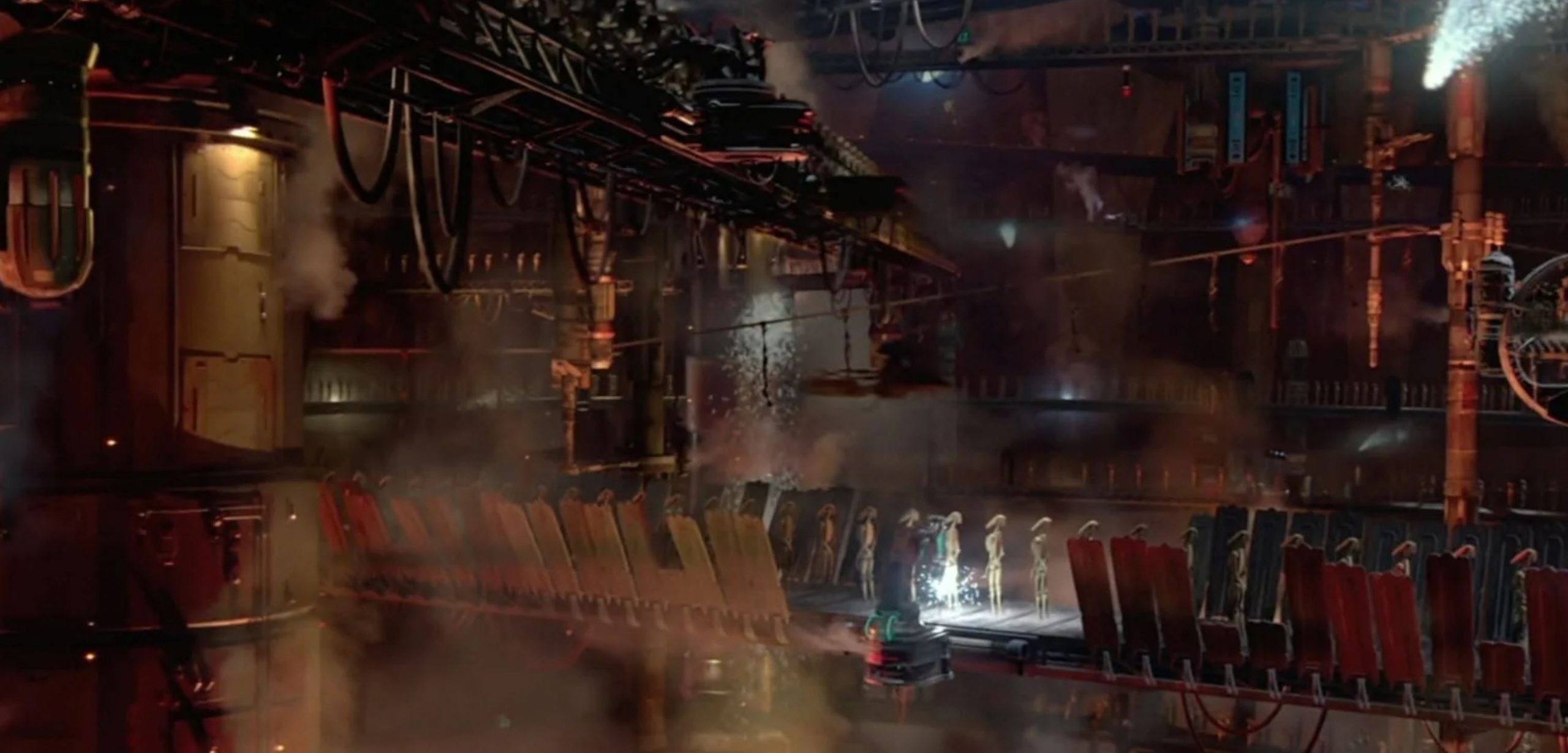
In it, George and his animation team describes what it took to pre-plan major moments, including the battle of Geonosis (watch part of the battle here).
Dan Gregoire, Pre-Visualization Supervisor, shares:
“The animatic for the end battle was really a sum of about two years effort. Everybody had a very firm idea of what they could do, what we could get away with in the amount of time that we had. It was the final battle of the sequence, it was a very exciting thing to do, it was what everybody had been waiting for. And at that point everybody just kind of exploded creatively.”
Watch the whole feature:
Another note by George Lucas from the doc:
“I am very keen on using color as a main element in telling a story. Each environment and each emotional complexity has its own color system.”
A pretty cool idea when you consider the cold, clean coordinators of Kamino, the hellish, fiery feel of the Droid Factory, the soft, serene color palette of Naboo, and the vivacious neon elements of the Coruscant entertainment district!
However, it’s the “emotional complexity” piece that’s most interesting regarding color: you have Anakin’s darker robes compared to other Jedi, the light and shadow showcasing secrecy when Padmé and Anakin share their true feelings by the fire, and the moody colors dancing on each face during the lightsaber battle between Anakin and Dooku to highlight their emotions during the duel.
Then, you have the beautiful and foreboding crimson skies with bleeding colors of reds and golds reflecting off of the newly-formed army of the republic as the superficially-concerned Palpatine looks on. Incredible.
In Star Wars Insider issue #66, Ryan Church, one of the concept design supervisors on the film, notes:
“George [Lucas] wanted the first half of the movie to look ‘blue’ and the second half to look ‘red’. Coruscant (at night) and Kamino were the blue planets, Tatooine was neutral warm, and Geonosis was always going to be red.”
Could we have had more tangible set pieces and real special effects? Sure. But Attack of the Clones is a true visual feast, and the more I learn about what went into the new locales and action sequences, especially back in 2002, I am impressed and thankful for this vast adventure.
The Coruscant speeder chase is still one of my favorite visual moments in the entire saga:
Awesome. I geeked out over this chase so much. I would look at the trajectory map of the sequence in this book over and over again (and may or may not have it next to me right now…).
STARFIGHTER SPOTLIGHT
AT-TEs, Geonosian Fighters, Swoop Bikes, and more!
There was no shortage of new and returning (Slave 1 is back!) ships and vehicles to behold.
Not many Star Wars ships and vehicles are as iconic as the X-Wing or the TIE Fighter, but I’d argue that the Republic Gunship is up there – especially with those of us who grew up with this prequel era of movies (so much so that fans petitioned for a Ultimate Collector’s Series LEGO version that is now available).
According to Star Wars Insider issue #64, Lucas wanted the Gunships to be “helicopter-like flying vehicles’’. The design was based “partly only the Russian Hind assault helicopter and partly on a sinister Imperial Design.” The Gunship was a prominent staple in the entirety of the Clone Wars, and served as the go-to transport for troops all across the galaxy.
Also, in Star Wars Insider issue #62, we’re told the Naboo Cruiser, seen in the opening sequence (before being destroyed moments later) in the film, was modeled after the U.S. Air Force stealth bomber introduced in 1996. Designers of the ship also added engine banks as homage to the B-52 bomber from years prior.
The real-life inspiration for ships doesn’t stop there. The chase sequence through Coruscant gave us some sweet new speeders inspired by 1950s-era hot rod models.
We also get the return of Slave 1 providing us with a new glimpse, complete with a new color palette, as the iconic starship battled a Jedi Starfighter piloted by Obi-Wan Kenobi.
Behind the Scenes: Full-size prop of Obi-Wan’s Jedi Starfighter (photo from StarWars.com)
The most interesting ship introduced, in my opinion, is Count Dooku’s Solar Sailer, which boasts an organic, translucent design that morphs and shifts in shape. We’re not used to seeing this type of bizarre organic ship in Star Wars and I think it’s a distinct, positive contrast to what we’ve grown accustomed to expect!
THE DARK SIDE CLOUDS EVERYTHING
I’d be remiss to not pay respects to the legendary Christopher Lee. It’s so cool to have him included in the saga!
In Star Wars Insider issue #72, Lee shares how he delved into character:
“I didn’t ask the dreaded question, ‘What’s my motivation?’ but I was intrigued by Dooku and told George that I didn’t really know anything about the character’s background. I asked him, ‘What exactly are the Sith?’ Filming was held up by a good 10 or 15 minutes while George told me about the Sith, how many there were and how I become one of the ‘Lost 20’ when I left the Jedi.”
Lee notes, later in the interview, a specifically challenging (and humorous to visualize) filming scenario during the interrogation scene with Ewan McGregor:
”Good grief, that [scene] was difficult. Ewan was spinning around, strung up by his jock strap and making the air blue. I don’t think he was very comfortable. I had to walk around Ewan in a complete circle. the floor was made of wood, but it had little holes in it, like trelliswork. The first problem was walking across this surface without catching my heels in these holes. The second problem was having to time everything in such a way that I remained facing Ewan as he spun around. I had to watch him, mind the floor, and be careful not to drag the dialogue. There were no marks [on the floor] so it was all down to our timing.”
I remember, as a kid, I was pretty disappointed to see Count Dooku as the big bad guy in the film after such a badass character as Darth Maul. But in looking back, the choice is a good one — not only to have Christopher Lee involved, but to further show that respected Jedi like Dooku are capable of falling into the dark.
George Lucas, in Star Wars Mythmaking Behind The Scenes Of Attack Of The Clones, says:
“I needed to get across the point that Jedi can leave the Order to set up what happens with Anakin later on. Also, in the end, when you realize that Dooku is Darth Tyranus, it explains what Darth Sidious did after Darth Maul was killed: he seduced a Jedi who had become disenchanted with the Republic. He preyed on that disenchantment and converted him to the dark side, which is also the setup for what happens with Anakin.”
Anakin isn’t the only one who questioned his purpose and place in the Order. You have Qui-Gon Jinn going against the Council in The Phantom Menace and now you have Dooku. It also paves the way for more questioning in the lore, with Ahsoka Tano leaving the Order in Clone Wars because of her disappointment in their dogma.
The dark side is in motion, solidified in an eerie meeting between Count Dooku (revealed to be Darth Tyranus) and Darth Sidious in the shadows of Coruscant.
Count Dooku: “I have good news for you, my lord. War has begun.”
Darth Sidious: “Excellent. Everything is going as planned.”
If you haven’t read Dooku: Jedi Lost, definitely check it out (it’s also on audiobook, or you could read our spoiler review). It does a great job at expanding Count Dooku’s character, origins, and persona that leads to the ruthless Sith he becomes by Attack of the Clones. It also helps shed light on Jedi Master Sifo-Dyas, one of the more confusing parts to sift through in this film.
JOHN WILLIAMS STRIKES AGAIN
John Williams is a rock star (who also just turned 90 years old! NINETY). From the “Imperial March” to “Duel Of The Fates“, his ability to capture the moments in a galaxy far, far away has made him a maestro legend (not to mention his ridiculously impressive resume that includes Harry Potter, Jurassic Park, Jaws, and so much more).
Attack of the Clones is no different — especially with “Across The Stars (Love Theme).”
In Star Wars Insider issue #61, Williams shares:
“It is a kind of love theme that has a sense of star-crossed destinies if to like, where the lovers in this case, not unlike Romeo and Juliet, are separated.”
It’s a beautiful, sweeping score that follows Anakin and Padmé down their romantic path, whether that’s entering a dire execution arena or secretly getting married in a beautiful Naboo locale. The theme encapsulates a level of beauty but also sadness in its rising, sweeping sounds. Looking back, hearing this is even more haunting after all we’ve seen in Clone Wars and Revenge of the Sith and the crushing conclusion to this relationship.
The intentionality Williams pursues in his creation of music is unbelievable. He continues:
“We usually have a little session we call ‘spotting,’ which really refers to which segments of the film will be scored. When George shows me the film, I will not have seen it or read it, so I have an objective, first-time viewers’ reaction. I can be surprised in all the right places and experience the film as a first-time viewer would. I think that’s a very necessary objective reaction which I hold with me in the following weeks as I write the music.”
Rick McCallum notes the added anxiety around having the perfect score when creating a film. In Star Wars Insider issue #61, he says:
“It’s one of those extraordinary dilemmas that all filmmakers face. It is the moment of absolute faith, because even though you can talk to your composer day in and day out, telling him what you want, you can never have a clue of what’s going to happen until you actually sit in that booth and the picture rolls. Then it either equals or surpasses what you thought. When it doesn’t, it’s one of the most harrowing, terrible experiences in the world. When it does, it’s the most beautiful, magnificent journey that you can go through. The great thing about John Williams is that it’s always the latter.”
As always, John Williams knocks it out the park.
SEISMIC SOUNDS
“A fantasy like Star Wars requires the complete fabrication of a complete sound world from footsteps to exploding space stations. Many of the best sounds are not things that you think of and imagine and go out and search for but rather discoveries that you make.”
The above quote is from Ben Burtt, Picture Editor and Sound Designer, when discussing sound for the film in the web documentary ”Revvin’ It To The Next Level.”
My personal favorite sound (in all of Star Wars, ever… okay, maybe after the lightsaber) is the seismic charge explosion used in the dogfight between Jango Fett and Obi-Wan Kenobi in the asteroid belt around Geonosis!
In Star Wars Insider issue #64, Burtt explains why it’s such an impactful moment:
“If you have no sound for a moment, people are left with an unsatisfied expectation, and then you surprise them with the sound. That’s what I called an audio black hole. The explore seems much bigger because there’s been this silence.”
Burtt added that he experimented with the idea of this concept during A New Hope, but that most of the team thought it was too radical. When technology caught up, he tried again with some of his archived recordings — and it surely paid off.
Recently brought back in The Mandalorian and The Book of Boba Fett (the latter using it for a satisfying creature encounter), the seismic charge sound still is breathtaking. Experience it again:
CLONES CONCLUSION
I think the crazy thing about the film is there are at least 15 more things I want to explore (Queen Jamilia! N’Sync controversy! Jocasta Nu! R2D2 flies! Droid football! Shape-shifting Clawdite assassin! Death sticks! Uncomfortable floating fruit flirtation!), but I need to stop somewhere.
If you haven’t yet, check out Part 1 and Part 2 in this revisiting series on Attack of the Clones.
Finally, I have to at least mention Jar Jar Binks once in this series. I know, I know — he did give Palpatine a path to eventual unlimited power that leads to the dark side’s control of the entire galaxy and everyone in it, but the poor Gungan really was trying. And how could you deny his validating smile with that applause? He deserves a happier ending!
Attack of the Clones is a flawed foundational joyride that launches some of the most popular eras of content in a galaxy far, far away. George Lucas was right in saying it’s fun yet melancholy. For every quip or cool action sequence there is equal amounts underlying sorrow, making for a fascinating blend in tone that pays off tremendously in Revenge of the Sith.
Are there moments of cringe-worthy choices? Sure. Does Padmé completely ignore Yoda’s kind welcome near the beginning of the film? YEP (I laugh each time, it’s so sad and hilarious to me). But I truly do enjoy this film and all it introduced us to in the Star Wars lore and mythology!
My suggestion? Pop in Attack of the Clones (or stream it on Disney Plus), take a quote quiz, and celebrate this 20-year-old installment of the space opera we all know and love.
Begun, the Clone War has.
Tony Gorick is a self-proclaimed candy connoisseur with a passion for Star Wars and roller coasters. Whether he's working at his friend's arcade or watching classic Saturday morning cartoons, he does so with unsettling enthusiasm.

